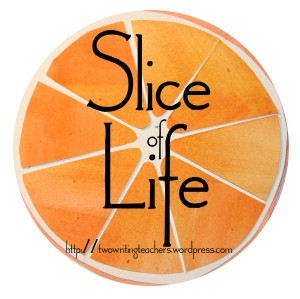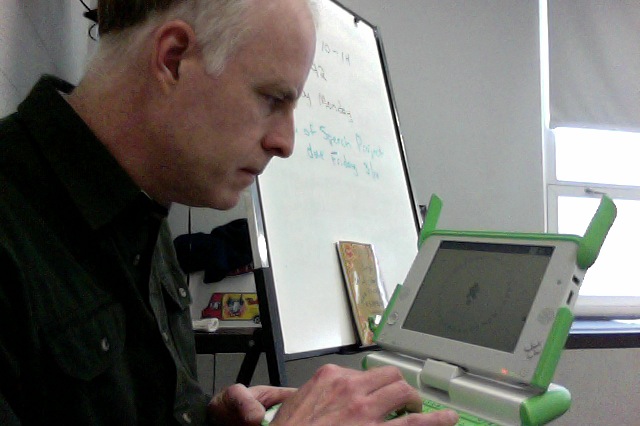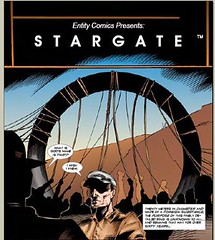
(This is part of the Slice of Life Challenge with Two Writing Teachers. We write about small moments each and every day for March. You come, too. Write with us.)
I was going going through my classroom closet the other day. You might have a space like that, too, where years of curriculum and resources get shoved. I can’t seem to throw much of it away, or give it away, but I also don’t use it anymore because of shifts in my teaching and curriculum and standards. So, in the closet it goes in hopes that it might still have some use some day.
Yesterday, I was digging around for a Dr. Seuss book (following up on our World Read Aloud Day activity of using The Butter Battle Book for a lesson on allegory) when I saw a flash of green in the way back. I reached in and pulled out … my old XO computer. Do you remember these? This little green machines launched the netbook push, although it was an experiment to build affordable computers for use in education around the world by the One Laptop Per Child organization (which wanted to build $100 computers). I paid for two XOs at the time, and received one for myself. The other XO was part of a shipment to some corner of the world, hopefully finding its way into the hands of students.
The XO was always quirky, particularly this first-generation model. So I didn’t know if it would even boot up for me. It did, and I was again interested in the design of the software interface (it uses an open source platform called Sugar) and how child-friendly it is.

That’s when I realized that I could use the XO for the day’s Daily Create assignment, which had to do with creating a video in ventriloquist theme, promoting DS106 (an open online digital storytelling movement). There is a program that allows you to type in words and it says them in a voice back to you (when I opened the app, it called out “Welcome Kevin” as if it and I were best of friends and I had only gone out for a cup of coffee, not unplugged it for about three years).
I made this:
You never know what you will find in the back of a classroom closet, do you?
Peace (in Xs and Os)
Kevin

